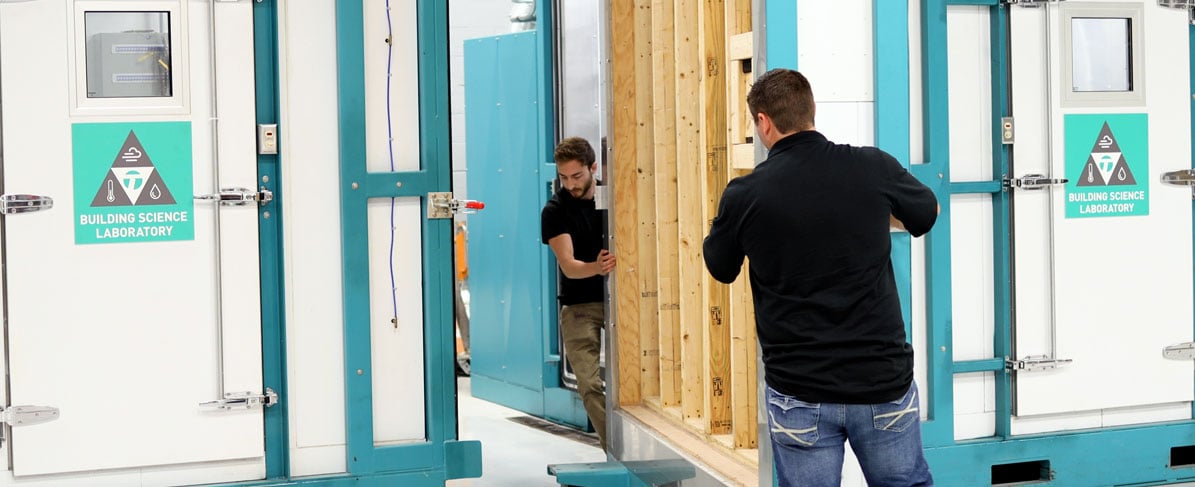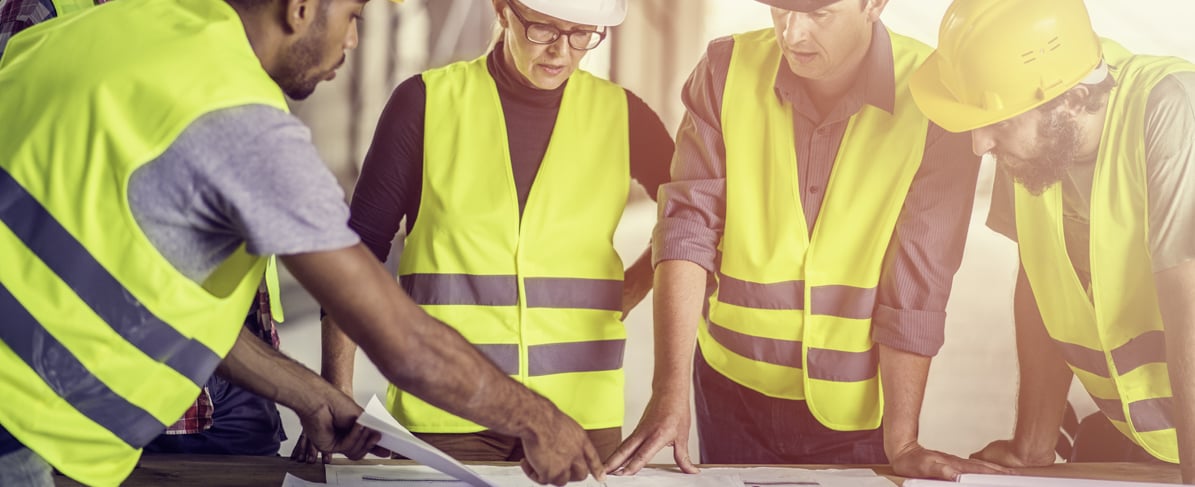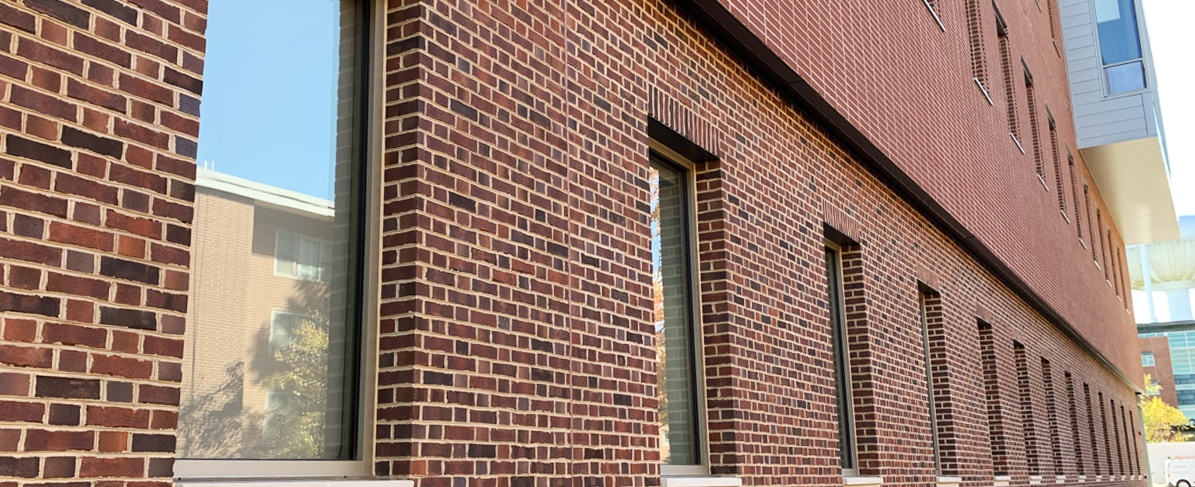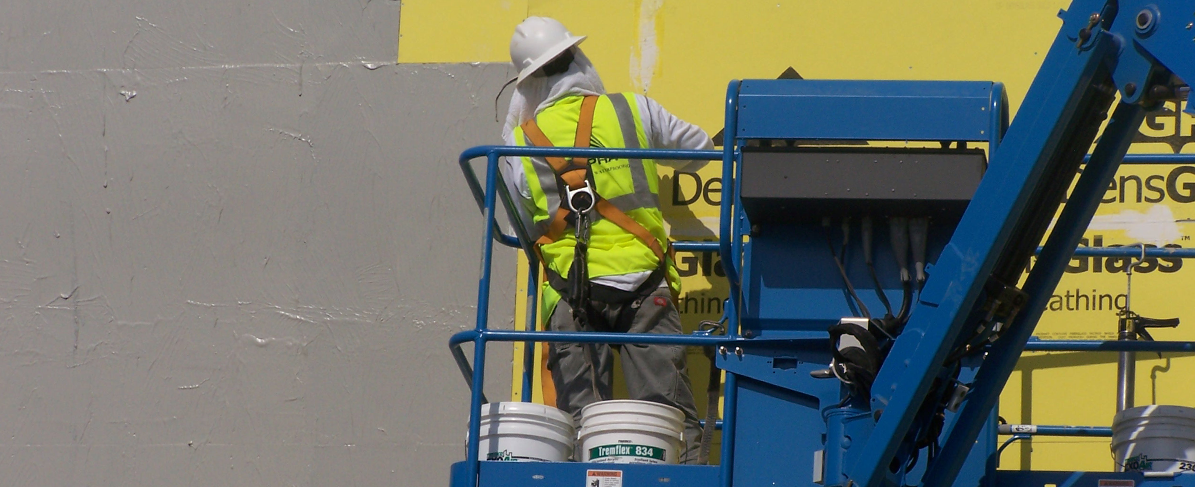To verify how building materials and substrates will behave in various climates, environmental chambers are used in the construction industry to test performance of individual components and complete systems in a range of temperature and humidity conditions from a single location.
For example, if you want to see how a particular sealant will perform on wood this upcoming winter or how an insulated concrete form wall insulates a building during the summer, you can conduct cold- or hot-weather tests anytime of the year to gauge results without the wait.
Environmental Chambers: A Crucial Tool for Climate Simulation in Construction
An environmental chamber, sometimes called a climatic or climate chamber, is essentially an enclosed space with controls for the internal temperature and humidity. Its refrigeration systems can be used to test cold-weather behavior of construction materials, in which case acting as a large freezer. It can also reach extremely high temperatures to test performance in hot temperatures. Some environmental chambers have two sides which can be programmed to different interior and exterior values to evaluate insulation properties, R-value and thermal conductivity of a building material or wall system.
Climate chambers come in a wide variety of dimensions depending on the product or system to be tested, ranging in size from a small benchtop box to massive walk-in or drive-in containers to test one and two-story wall assemblies.
These complex machines can simulate weather conditions ranging from the freezing temperatures of northern Canada to tropical heats of Hawaii’s rainforests. In addition to maintaining a stable temperature and humidity, environmental chambers can also be programmed to oscillate temperatures to replicate sudden overnight chills or a day that may start at 40°F (4°C) and peak at 90°F (32°C) by the afternoon.
In building construction, climate chambers can be used by manufacturers, testing agencies, and engineers for research and performance assessments, but any building professional can benefit from the results. The outcomes of these tests indicate how environmental stressors and temperature fluctuations may impact product packaging, storage, application, cure time, and other important factors.
Optimizing Building Material Application with Climate Chambers
Building material manufacturers can use climate chambers to test their products on various surfaces and at different environmental conditions to troubleshoot challenges before they occur on the jobsite. Based on their findings, they may recommend accommodations to the installer that ease the application while maintaining the product’s desired properties. 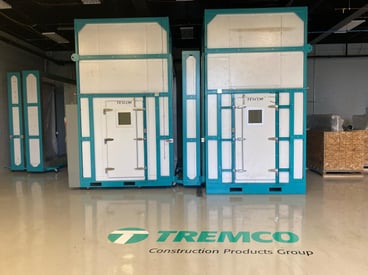 For example, the manufacturer may outline the amount of catalyst to add to a product based on the ambient temperature to achieve a specified cure time or enable a workable pot life before the material becomes too thick to use. They may suggest that a product is stored in a heated environment prior to installation or that heaters be added to the work area to bring the materials, equipment, and/or substrate up to the proper temperature.
For example, the manufacturer may outline the amount of catalyst to add to a product based on the ambient temperature to achieve a specified cure time or enable a workable pot life before the material becomes too thick to use. They may suggest that a product is stored in a heated environment prior to installation or that heaters be added to the work area to bring the materials, equipment, and/or substrate up to the proper temperature.
Dual-sided environmental chambers can help architects and contractors understand the importance of proper wall design and assembly to achieve a building’s required energy-efficiency.
Environmental chambers can also be used in the development of new products, allowing chemists to hone formulas to attain certain features at different temperatures.
Case Study: Overcoming Cold-Weather Challenges in Construction
Before using a product like a liquid-applied sealant, adhesive, or waterproofing membrane, contractors and applicators want to know how easy it is to install. Most building materials have working temperatures above 40°F (4°C) so once the weather goes below that, adaptations may be necessary to get the proper results and ease of handling.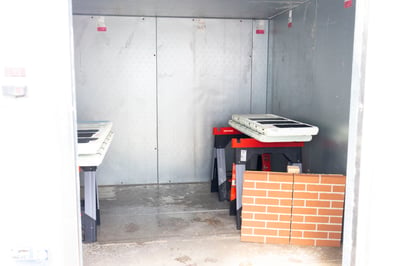 Cold temperatures can impact product viscosity making it more difficult to extrude, spray, or roll. A typically flexible product may lose its elongation, weakening its long-term performance. Products and/or substrates that are too cold may not adhere as desired. A coating’s cure time or pot life may be negatively affected. If the cure time of a product is prolonged, the project’s turnaround could be delayed as subsequent trades await the right conditions for their scope of work.
Cold temperatures can impact product viscosity making it more difficult to extrude, spray, or roll. A typically flexible product may lose its elongation, weakening its long-term performance. Products and/or substrates that are too cold may not adhere as desired. A coating’s cure time or pot life may be negatively affected. If the cure time of a product is prolonged, the project’s turnaround could be delayed as subsequent trades await the right conditions for their scope of work.
If the pot life shrinks, subcontractors may feel the need to rush the installation before the product becomes too thick to use, potentially compromising application quality. In this case, the material can harden or gel in the packaging with no way to salvage it, resulting in product and monetary waste.
Emphasizing the Need for Environmental Chambers in Construction
If you’re looking to test a construction material or system in a broad scope or even precise temperature and humidity conditions, talk to your manufacturer for any previously published test results or to request a project-specific test at their year-round environmental chamber.
